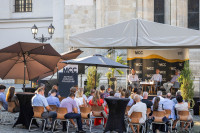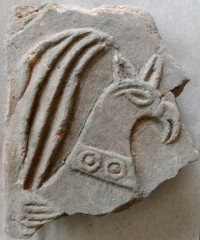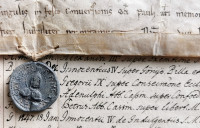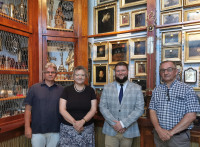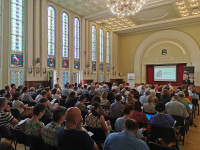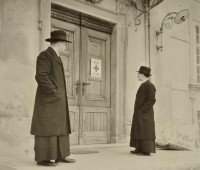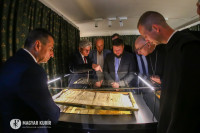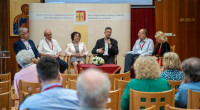The Conservation of Two Autograph Maps
2023. September 11.During the summer, with the support of the National Cultural Fund of Hungary, two autograph maps of our collection of maps were conserved. One of them was made in 1799 depicting the forest of Füss in Upper Hungary, and two islands of the Danube (Altering and Scooping islands). The other map of 1822 depicts the forests and pastures of the Abbey in Bakonybél. The conservation was completed by Ars Alba Bt. in Szentendre.




























